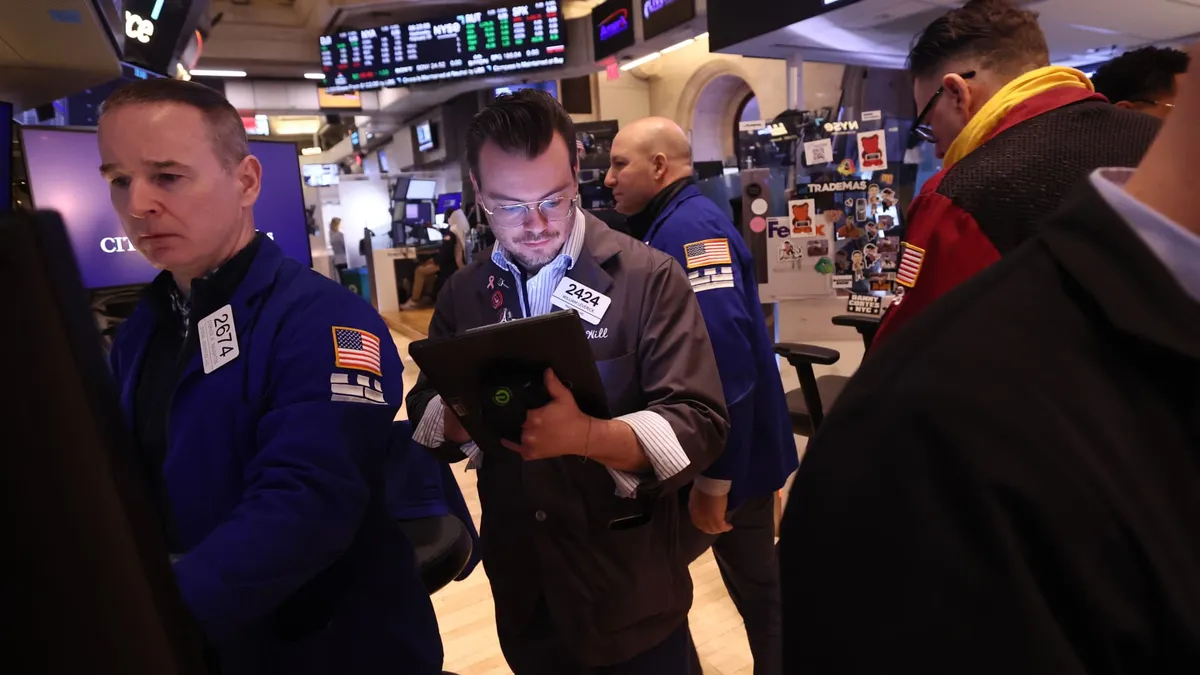
On Monday evening, S&P 500 futures remained relatively unchanged following a series of declines in the broad market index, marking its third consecutive session in the red. Futures tied to the Nasdaq-100 hovered around the flatline, while those linked to the Dow Jones Industrial Average saw a modest rise of 57 points, or 0.1%.
During Monday's regular trading hours, shares of prominent tech companies significantly impacted the S&P 500 and Nasdaq Composite, pushing the indexes to session losses. Notably, defense tech and artificial intelligence firm Palantir continued its downward trend from the previous week, falling over 10%. Meanwhile, Microsoft experienced a 1% drop following a TD Cowen report indicating reduced data center spending. Additionally, Nvidia slipped 3% ahead of its anticipated quarterly results release on Wednesday after the market closes.
The ongoing decline in tech stocks has also dragged the Nasdaq Composite into negative territory for the year. Investors seem to be questioning the sustainability of the AI trade, with many seeking evidence to justify their doubts. Doug Clinton, managing partner at Deepwater Asset Management, expressed on CNBC's Closing Bell that despite skepticism, the AI trade remains robust. "I don't think this boom is over," he stated, suggesting a timeline of two to four more years for growth.
As the market anticipates Nvidia's earnings announcement, Wall Street is also eyeing other significant results, including Home Depot's report set for release before the market opens on Tuesday.
On the economic data front, investors are focusing on the latest U.S. consumer confidence figures, scheduled for release at 10:00 a.m. ET on Tuesday. Dow Jones polled economists predict the Conference Board's consumer confidence index will reflect a reading of 102.3 for February, a slight drop from January's 104.1.
This report is part of a series of economic data releases expected later this week, including Friday's update on January's personal consumption expenditures price index. This index is closely watched as the Federal Reserve's preferred measure of inflation.